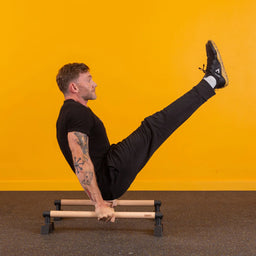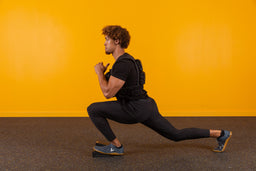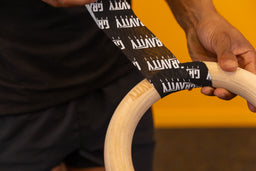
Dip Belt Buyers Guide
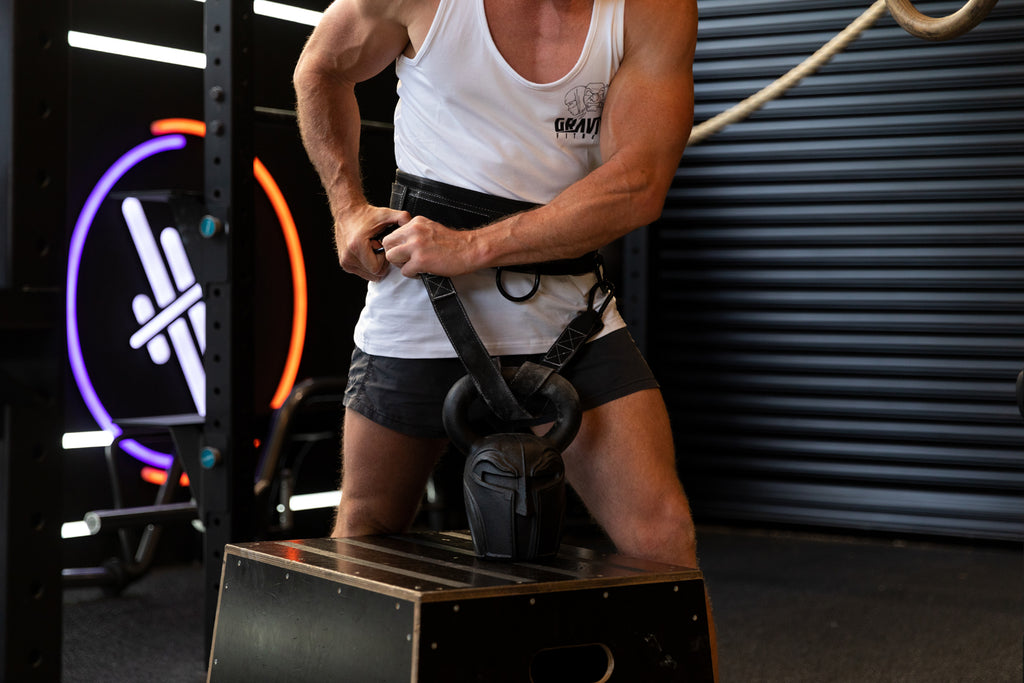
1. What Is a Dip Belt and Who Is It For?
A dip belt allows you to add external weight to bodyweight exercises like dips, pull-ups, and chin-ups. It wraps around your waist and attaches plates or kettlebells, letting you progressively overload upper body movements without compromising range of motion.
Who is it for?
• Strength-focused athletes
• Calisthenics and bodyweight trainers
• Gym-goers who’ve outgrown bodyweight reps
• Anyone wanting more from dips, pull-ups, or muscle-up progressions
If you want to turn bodyweight classics into strength-building power moves — you need a dip belt.
2. Are Dip Belts Effective? (Why Train with One)
Yes — a dip belt is one of the most direct ways to build upper body pushing and pulling strength. By adding load to compound movements, you create the same kind of progressive overload used in barbell training — without a rack or barbell.
Benefits include:
• Build real pushing and pulling strength
• Add muscle mass to chest, triceps, back, and arms
• Train weighted pull-ups, dips, chin-ups, and even squats
• Compact and easy to carry to the gym or park
• Safer and more joint-friendly than loading a bar on your spine
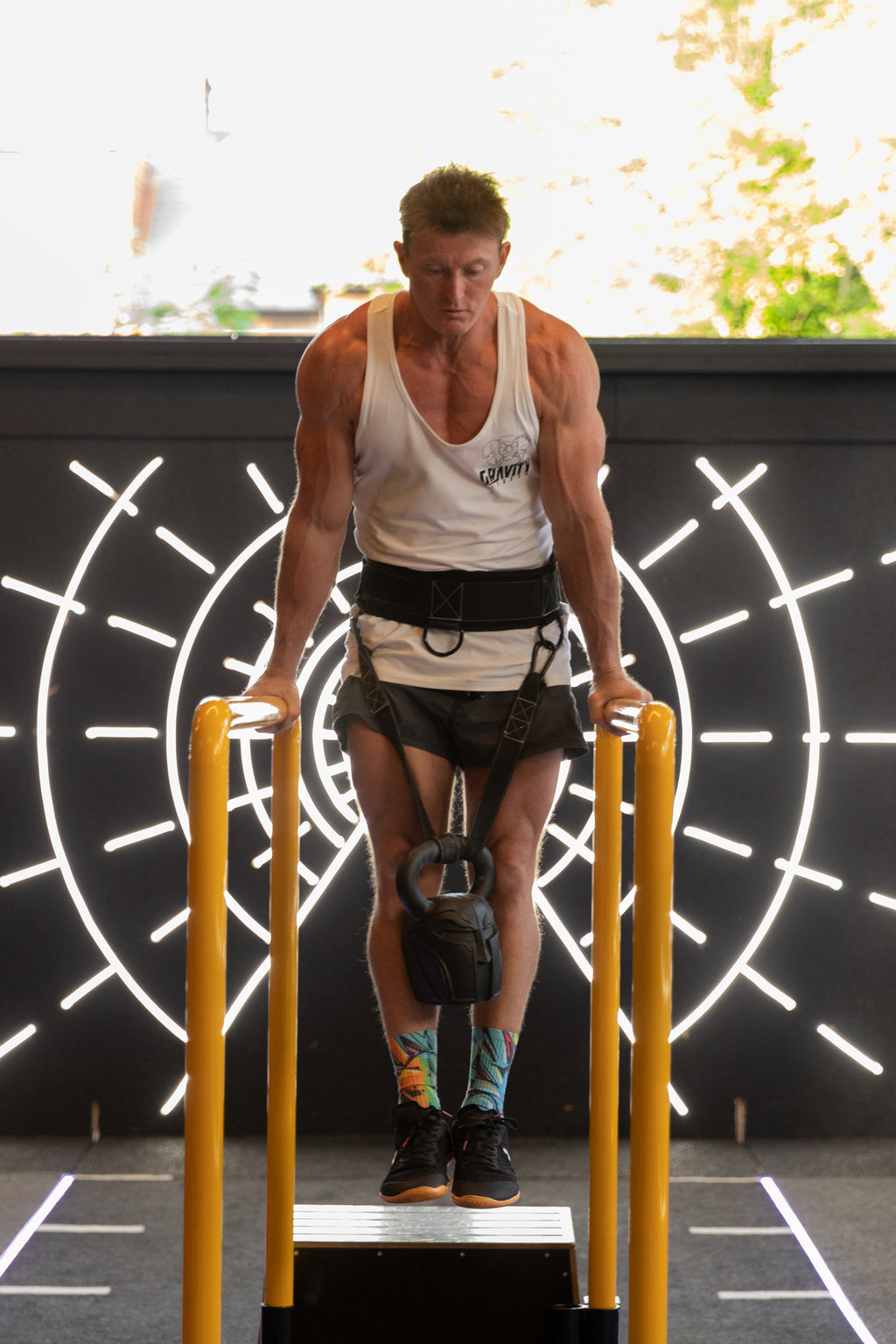
3. Types of Dip Belts (And Which One Is Right for You)
Traditional Chain Dip Belts
• Pros: Simple design, often cheap
• Cons: Chains dig into hips, don’t fasten securely, and shift under load. Especially uncomfortable when adding serious weight.
• Often causes the belt to slide down or pinch at awkward angles.
Gravity Advanced Dip Belt
• Pros:
o Wide lumbar-supporting back panel
o Heavy-duty webbing for strength and stability
o Secure Velcro strap keeps the belt tight around the hips
o Laser-cut steel D-rings and reinforced stitching
o Won’t sag or shift when loaded — even with 60kg+ plates
Verdict: Traditional belts get the job done — uncomfortably. The Gravity Advanced Dip Belt is designed for serious performance without the pain. Better weight distribution, no pinch points, and a more secure fit — even when going heavy.
4. Which Type of Dip Belt Is Best for You?
• Beginners adding light weight: A basic belt might work — but the moment you start adding serious load, it becomes a liability.
• Intermediate/Advanced lifters: You need comfort, security, and durability. That’s where the Gravity belt shines.
• Park or outdoor trainers: The Gravity belt is compact, packable, and built to last. No rusty chains, no faffing about.
If you value performance, not punishment — go with the Gravity design.
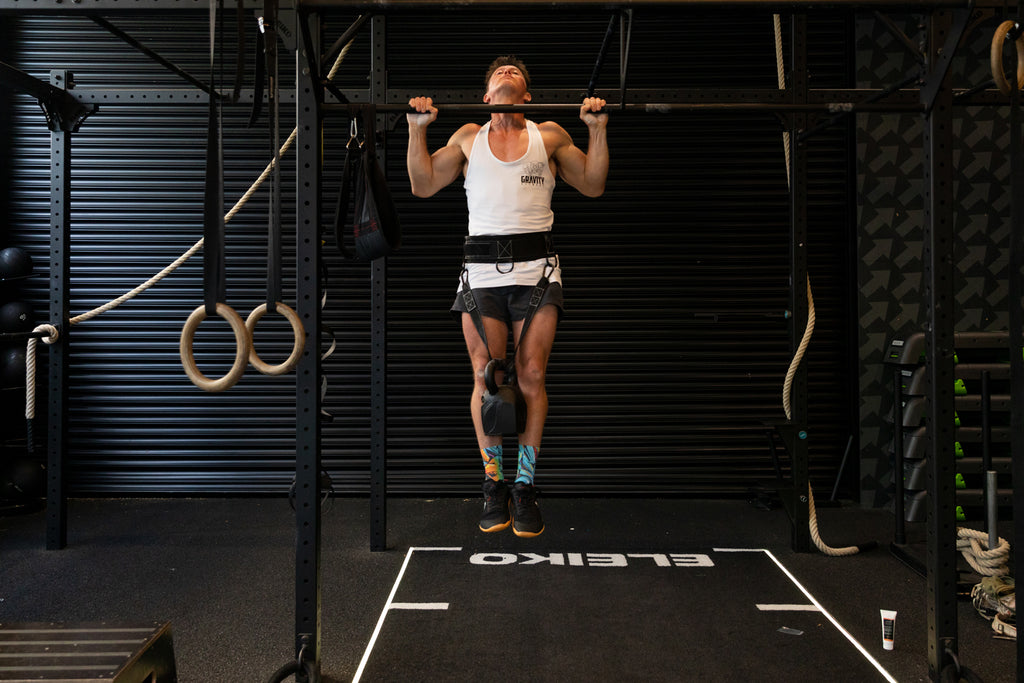
5. What Are the Downsides of Dip Belts? (And Who Should Avoid Them)
Dip belts are powerful tools — but like any gear, they’re not for everyone.
Downsides:
• Not useful if you haven’t mastered full bodyweight reps
• Can stress shoulders or elbows if form isn’t locked in
• Cheap belts can snap, dig, or shift mid-rep
If you’re not confident with full-range pull-ups or dips, build your base first — then add load.
6. How Often Should You Use a Dip Belt?
• Beginner (post-bodyweight mastery): 1–2x per week
• Intermediate/Advanced: 2–4x per week as part of upper-body strength days
• Rotate between weighted and unweighted sessions to avoid overuse
• Start light, progress weekly, and prioritise perfect form
Dip belts are a progression tool — not a shortcut. Use them to overload what you already control.
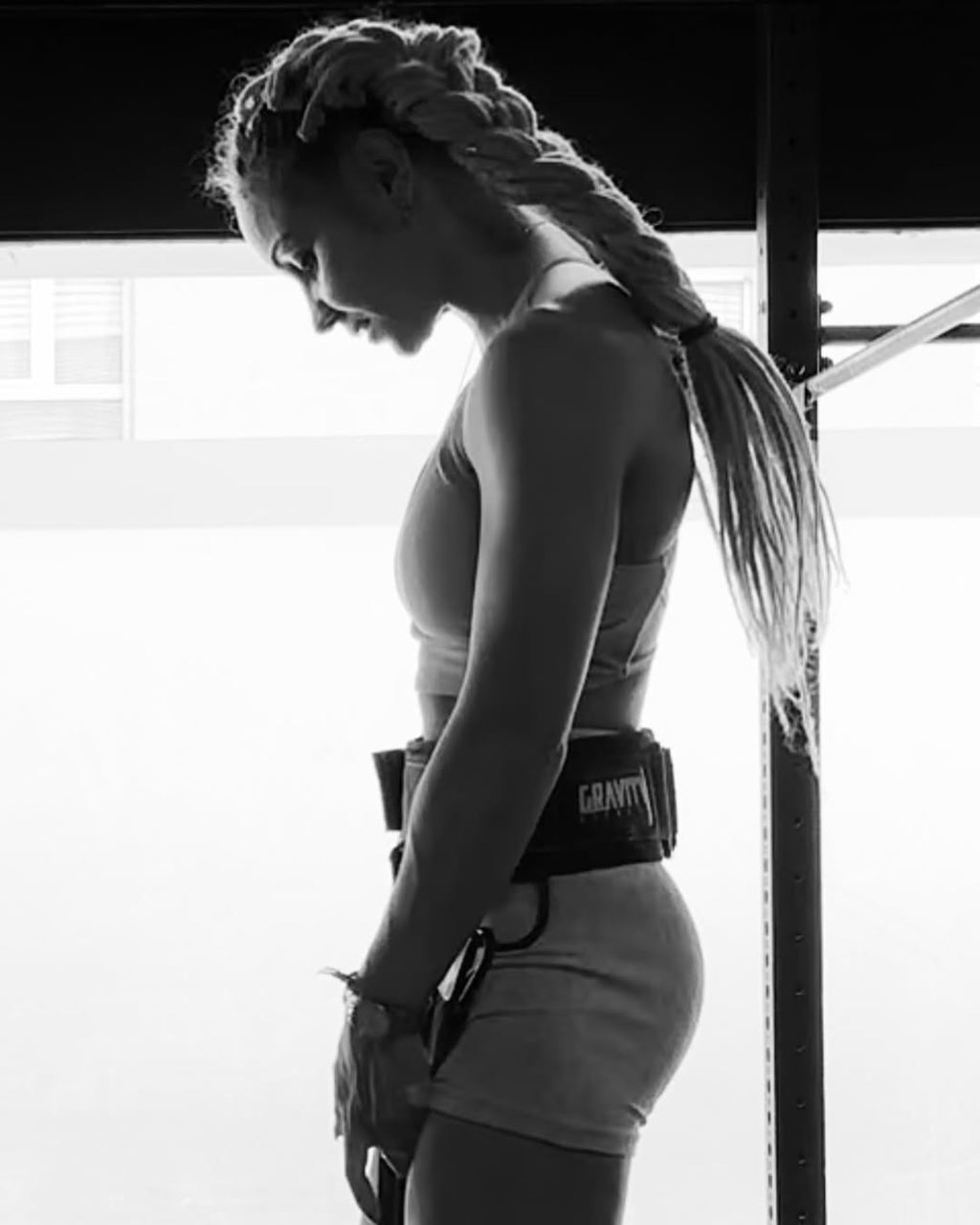
7. What Exercises Work Best with a Dip Belt?
• Weighted Dips: Build massive triceps and chest strength
• Weighted Pull-Ups & Chin-Ups: Level up back, arms, and grip
• Muscle-Up Progressions: Start adding load to pull-push transitions
• Belt Squats: An excellent barbell-free way to train legs while unloading the spine
• Walking Carries (advanced): Grip and core strength under serious load
The Gravity belt’s comfort makes longer-duration loaded sets and transitions between movements more practical.
8. What Equipment Works Well with a Dip Belt?
For a full strength-focused setup:
• Pull-Up Bars or Rings: Essential anchor points for pull-ups and dips
• Weighted Plates or Kettlebells: Attach to the belt for instant overload
• Parallettes: Use for deficit dips or as an elevated dip station
• Resistance Bands: Use to warm up or deload movements as needed
• Weighted Vests: Use with or without the belt for varied loading patterns
